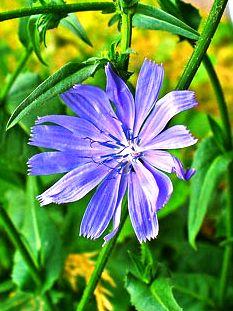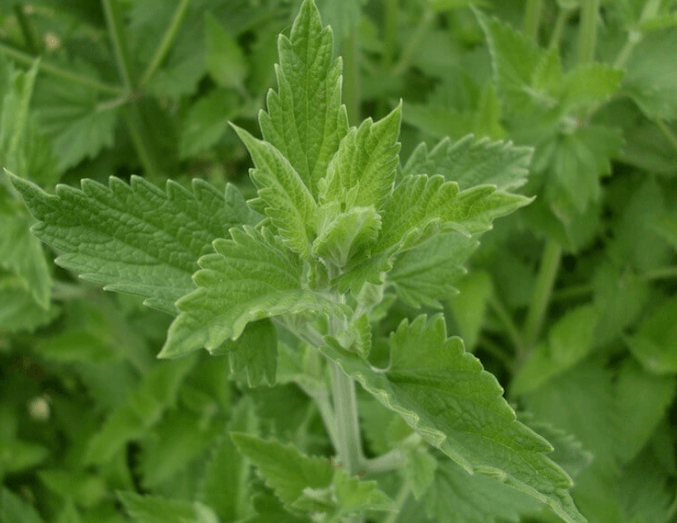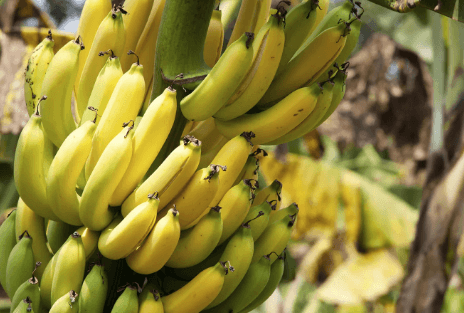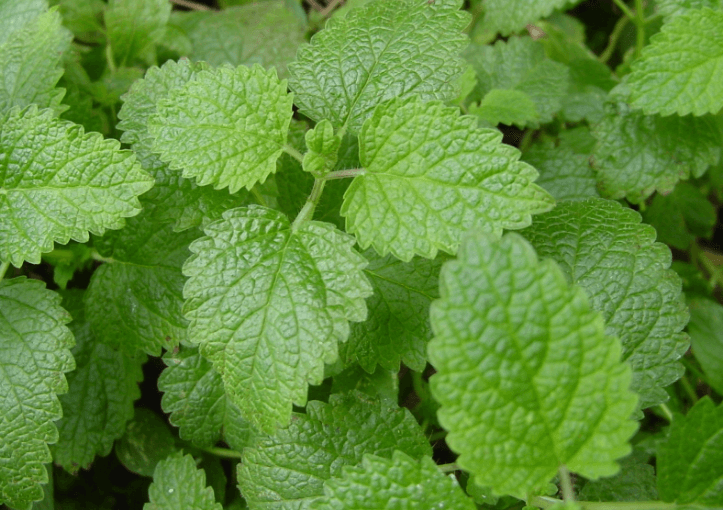The tree of Bilva or Aegle marmelos which grows about 12 m tall can be found easily all over India, especially in the hilly and semi hilly regions. The pulp of the unripe or the half- ripe fruits is extracted after removing the rind of the fruit and is then pounded and dried for medicinal use. All the parts of the tree viz. root , leaves, bark and the fruit come to use for preparing the Ayurvedic drugs. The root bark is used in making fermented drink; a churan is made out of the dried fruit. Whereas, the semi ripe fruit is made into a murabba (sweet jelly) and the ripe fruits are used in preparing a drink.
Bilva or Bael as commonly known is regarded in Sanskrit terms as Shiri phala i.e. beautiful fruit, Bilva i. e. That what destroys a disease, Sada phala i.e. which always bears fruit and Shandilaya i.e. it is a reliever of pain.
Properties
Bilva is rough and light in nature and to in potency. The taste is bitter, pungent and astringent, and the after taste is bitter.
Chemically, the main constituents are mucilage, tannins, sugar, fatty oils and a component called marmalosin.
Uses
According to Ayurveda, Bilva is a destroyer of the air as well as phlegm body humors. It therefore comes to use in treating the ailments relating to any distortion in these two humors.
The ripe fruit of Bilva is quite nutritious and a booster of vigor and energy. This can be crushed and made into a tasty drink by adding some sugar into it. This would also act as a mild laxative.
The unripe fruit is rather constipating. A number of medicinal preparations contain the same that are advised in the diseases like diarrhea and dysentery. Another benefit of the fruit of Bilva is that it tends to arrest blood loss. Therefore in the maladies where there is loss of blood from the body like bleeding piles, diarrhea and dysentery accompanied with blood loss, Bilva formulations come as a drug of choice. As a home remedy for these ailments, the pulp extracted from the fruit of Bilva can be roasted on fire. This is then removed and, mixed into equal quantity of jiggery and taken.
The leaves of Bilva have the property to combat fever and respiratory disorders. Some fresh leaves are to be pounded and the juice thus produced is to be taken approx. 10 to 20 ml, 2 to 3 times. This is an easy cure for cough and common cold. It is believed that this juice also combats the associated symptoms of pain and swelling.
According to the Ayurvedic text, Bilva leaves are distinctively beneficial in treating conjunctivitis. The fresh juice extracted from the leaves is used as eye drops and paste formed out of pounding the leaves is to be applied to the eyelids.
Bilva is also recommended for diabetes patients. It has the property of declining the blood sugar levels and abates excessive urination; it could be more beneficial to take the juice extracted from the leaves on an empty stomach.
Another merit of the fruit is that it is favorable for curing women aliment like leucorrhoea and swelling in the uterus.




